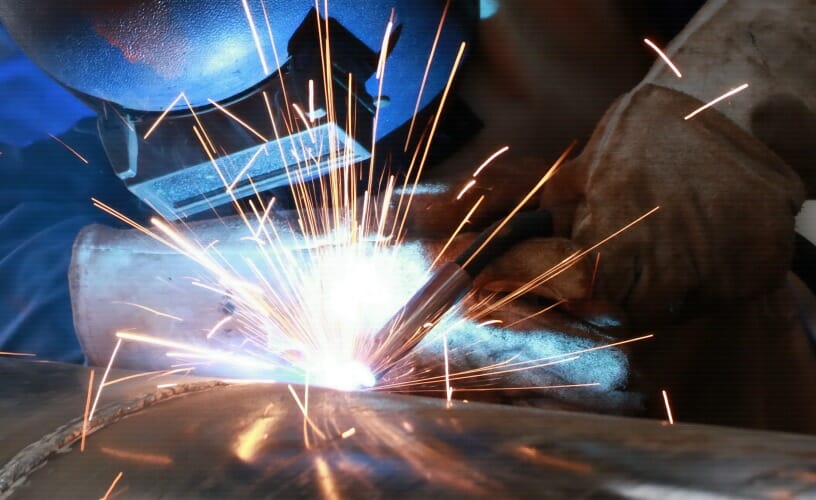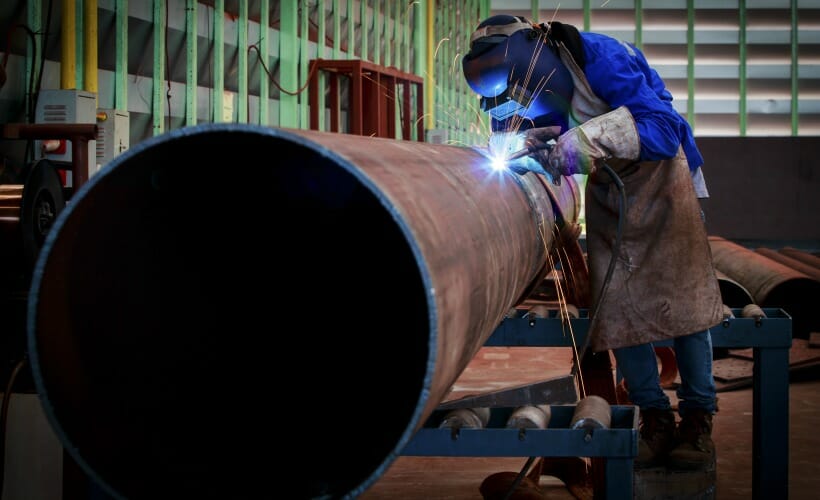Welding has plenty of Welding Types and OxyFuel Welding is one of the most popular types of Welding. Learn about OxyFuelWelding and the OxyFuel Welding Process.
OxyFuel welding or OFW as it is referred to is part of a group of processes that weld by joining metals through the use of flares or a fuel gas flame. This can be done with pressure or without it and it can be used with a filler metal or not. This type of welding happens when a process is used using fuel gas and oxygen as the heating mechanism. The base metal is melted using the tip of a welding torche’s flame.
The oxygen and fuel glass are already mixed in the welding assembly in the mixing chamber. A molten pool is created through the use of filler metals and plate edges (when filler materials are used). Both the plate and the filler metal will mix together inside the pool. When they cool they are molded together as one piece.
There are basically four ways that this process is done: Oxyhydrogen welding,Oxyacetylene welding, Air acetylene welding and Pressure gas welding. The air acetylene welding is used in a more minor capacity than the other three processes.
This welding process has several advantages:
It is a process that the welder can control from the rate of heat that is put into the process to the oxidizing of the welding environment.
The welder can also control the temperature that is present in the weld zone.
They can control the bead size and how much puddle viscosity that will be present in the weld because the filler metal is added singularly and away form the heating source.
OFW can be used to weld several types of metals that include thin sheets, smaller pipes and some tubes. They are more cost effective when used on these smaller sections than on thicker sections.
Most welders can afford the equipment that is needed for the OxyFuel welding because it is less costly than other methods. The equipment can be used in a variety of settings because it is portable and versatile. It can be sued to bend and straighten, to preheat, post heat, and in brazing and torch brazing.
OFW can also be used mechanically and manually with a few changes to the equipment. Usually this process is used to weld metals like steels, and nonferrous metals. The larger situations like welding refractory metals are done with a different kind of process.
In most cases the fuel gas that is used is acetylene because it is one of the few gases that use oxygen for combustion and meets the requirements for a welding operation. These requirements are that the fuel has a flame that is high in temperature, it has an adequate heat content, the flame spread has a high rate and when the flame hits the base or filler metals, there is little chemical reaction between them.
Although there are other types of gases, and though some of them have a high flame heat , they do not have the low flame spread that is required. The metals that you are going to use with this process will have to be prepared ahead of time.
, they do not have the low flame spread that is required. The metals that you are going to use with this process will have to be prepared ahead of time.


